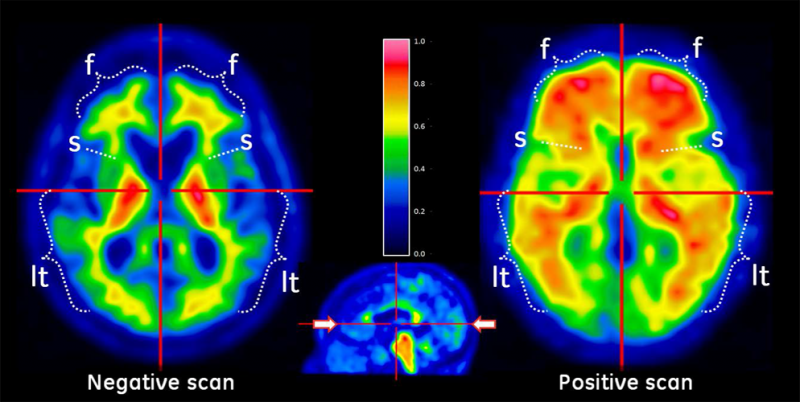Did you know that about 50% of all US adults will experience a traumatic event at some point in their lives? I did not. And while this number is higher than I would have expected, luckily most people do not actually develop post-traumatic stress disorder (PTSD) from their experience(s). But why not? What makes one person more likely to develop PTSD than another?
To answer this question, I will first provide a brief background on the disorder.
As mentioned above, the people who do develop PTSD have experienced some form of traumatic event. While that exact event differs from person to person, there are certain types of events that tend to be the source of trauma more often among one sex compared to another. Among women, experiences more likely to be causing PTSD are…
- sexual assault, and
- childhood sexual abuse
… whereas men’s trauma will probably originate from:
- an accident,
- physical assault,
- combat,
- a disaster or
- witnessing death/ injury.
This demonstrates the wide variety of events that can cause this disorder, which 7-8% of the US population (10% of women, 4% of men) suffer from at some point in their lives.
Symptoms
To diagnose PTSD, a person must exhibit numerous of a long list of possible symptoms. These can include persistent and frightening thoughts, flashbacks to the event, becoming startled more easily, sleep problems, detachment, numbness, etc. They also tend to avoid places, people and objects reminding them of the traumatic event. All the aforementioned symptoms, and others, can be grouped into four categories: intrusive memories, avoidance, negative changes in thinking and mood, and changes in physical and emotional reactions.
These symptoms are strongly linked to various brain regions…
The Hippocampus and Amygdala
In people suffering from PTSD, triggering stimuli can induce processes in the brain, leading to the symptoms of PTSD. One of these processes is hyperactivity in the amygdala, which is important for emotion processing and fear responses. These stimuli can include sounds, words, narratives, visual cues, etc. that resemble the person’s traumatic experience, but in some cases the hyperactivity is increased to such an extent that even unrelated stimuli can initiate symptoms.
Due to the importance of memories in PTSD, the involvement of the hippocampus is vital as well. This is a brain region critical for various memory functions, including encoding and retrieval, but in PTSD its volume is significantly reduced. This furthermore makes it difficult for people to discriminate between past and present events. In healthy humans, the hippocampus is supposed to facilitate input into the amygdala, so behavioral responses to the environment are appropriate. However, with a hypoactive hippocampus the amygdala is more likely to go into a state of distress.

Risk Factors
Now let’s return to our question: Why are some people more likely to develop PTSD than others? The short answer is that there is no single definitive response because science has not yet figured it out (PTSD is very complex). However, a number of theories do exist. For example, two prevalent risk factors for the development of the disorder are previous traumatic experiences and a generally increased level of anxiety.
The underlying science starts with glucocorticoids and NMDA receptors. When glutamate activates NMDA receptors, MEK is phosphorylated (a phosphate is added) and thereafter ERK1/2 is phosphorylated as well. Glucocorticoids, necessary for the acquisition and consolidation of stressful memories, then go on to interact with the phosphorylated ERK1/2, which in return phosphorylates MSK1 and Elk-1. This allows the chromatin to be opened by H3S10p-K14ac and for gene transcription to occur, specifically genes c-fos and egr1. This gene transcription is critical for memory consolidation, and possibly occurred at an enhanced level in PTSD patients.

Glutamate receptor antagonists strongly inhibit the increase in dual histone mark H3S10p-K14ac, usually thought to occur after stressful events. This may be an option to moderate a traumatic event’s strong impact.
Treatments
The main types of treatment for PTSD include a number of different psychotherapies or medications, which you can read about here.
More recently, research is also looking into the process of Deep Brain Stimulation (DBS) as a treatment option, especially for cases resistant to currently known treatments. The video below provides a description and specific case.
